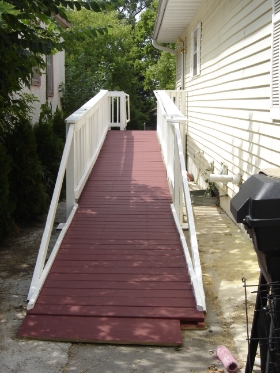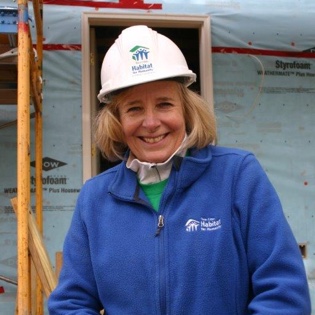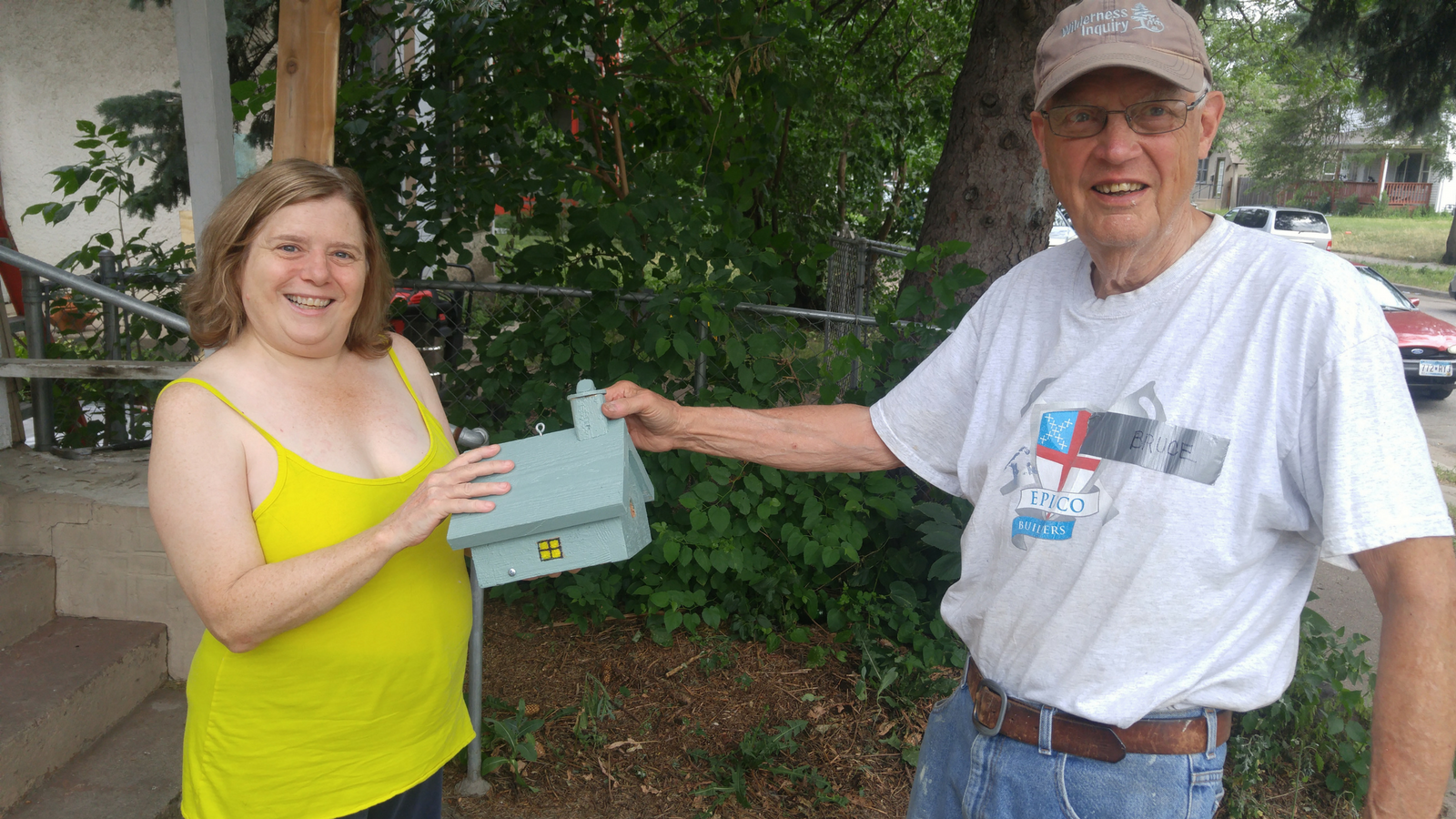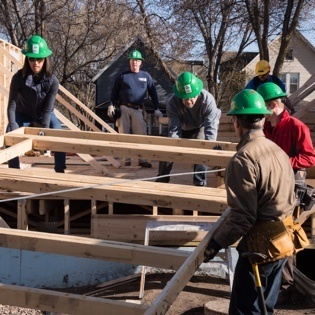Susan Haigh on 40 Years Working for Affordable Housing
As President of Twin Cities Habitat, Susan Haigh’s job is to work to “Eliminate poverty housing from the Twin Cities and to make decent,...
2 min read
 Becky Engen
:
9:30 AM on March 18, 2015
Becky Engen
:
9:30 AM on March 18, 2015

As a builder of affordable housing in the Twin Cities, Habitat for Humanity strives to provide homes that will meet a family's needs. In any given year, Twin Cities Habitat will build one or two accessible homes, and help to modify another 10-20.
Habitat works to make sure these homes are visitable, meaning "home construction practices so that virtually all new homes, whether or not designated for residents who currently have mobility impairments, offer three specific accessibility features."* These features include: creating at least one no-step entry to the main floor of the house, placing at least a half bathroom on the main floor, and making sure the doorway is wide enough for a person to enter if using a wheelchair or a walker.
 Since beginning to build visitable homes in 1995, Twin Cities Habitat has built twelve homes to accommodate families that have a member or members with disabilities. When building a home for a family that has member(s) with disabilities, Habitat will use ADA standards as a guide to implementing modifications, depending on the individual(s) condition and current/future needs. Common accessibility features that Habitat implements are:
Since beginning to build visitable homes in 1995, Twin Cities Habitat has built twelve homes to accommodate families that have a member or members with disabilities. When building a home for a family that has member(s) with disabilities, Habitat will use ADA standards as a guide to implementing modifications, depending on the individual(s) condition and current/future needs. Common accessibility features that Habitat implements are:
After considering available lot sizes and topography, Twin Cities Habitat is planning on building two accessible homes in 2016 - one in St. Paul and the other in St. Paul Park. The process of designing a modified home starts with the design team consulting with a local Occupational Therapist and meeting with the family to address their specific needs.
"When I’m designing and modifying a home to accommodate someone with disabilities, I contact an Occupational Therapist that we’ve been working with over the last several years to help identify specific needs and features that should be incorporated into the design," said John Hall, Design Manager with Twin Cities Habitat. "She will review the design and offer suggestions as needed for access and traffic in the house. She will also visit the house towards the end of construction to make sure we have covered/installed the needed adaptations for the individual."
In addition to features that are added to Habitat homes, accessibility modifications are also provided through Habitat's A Brush with Kindness (ABWK) program for elderly and disabled families, which make up more than 50% of ABWK applicants. The ABWK team completes roughly 10-20 accessibility projects each year, based on the applications received and the funding and resources available. Typical projects include installing grab bars, ramps, railings, toilet replacements and flooring and door modifications.
The Kramers are one of the families that have purchased an accessible home from Habitat. Their previous rental did not provide the space and safety the family needed to be able to properly care for their two sons, who have special needs. The family moved into their new house in Savage in 2013, and has kept in touch with Habitat staff.
"The kids love their new school, and the new house has made caring for their sons much easier," said Khou Vang, Homeowner Training Engagement Senior Associate at Twin Cities Habitat.
*Definition excerpt from Wikipedia.
Your gift unlocks bright futures! Donate now to create, preserve, and promote affordable homeownership in the Twin Cities.

As President of Twin Cities Habitat, Susan Haigh’s job is to work to “Eliminate poverty housing from the Twin Cities and to make decent,...

Long-time volunteer, Bruce Moulton and the “EpiscoBuilders” have been volunteering with Twin Cities Habitat for Humanity for over twenty years. Not...

A little financial wisdom goes a long way, and one of the wisest pieces of wisdom is to develop a budget and live within it. For most people that...